galicia, spain
Misty landscapes, historic towns and delicious seafood
Galicia in winter is peaceful and silent. Covered by a gentle haze, this green land rests muffled and moistened under a distinctive scent of eucalyptus. Everything is quiet here but the ocean, that keeps roaring against the rugged coast plundering it little by little. Yet the ocean, so rough and treacherous, treats Galicia with its richest fruits so that in the fishing villages along the shore, copper pots keep seething with octopus and plates abound in seafood of the strangest shapes.
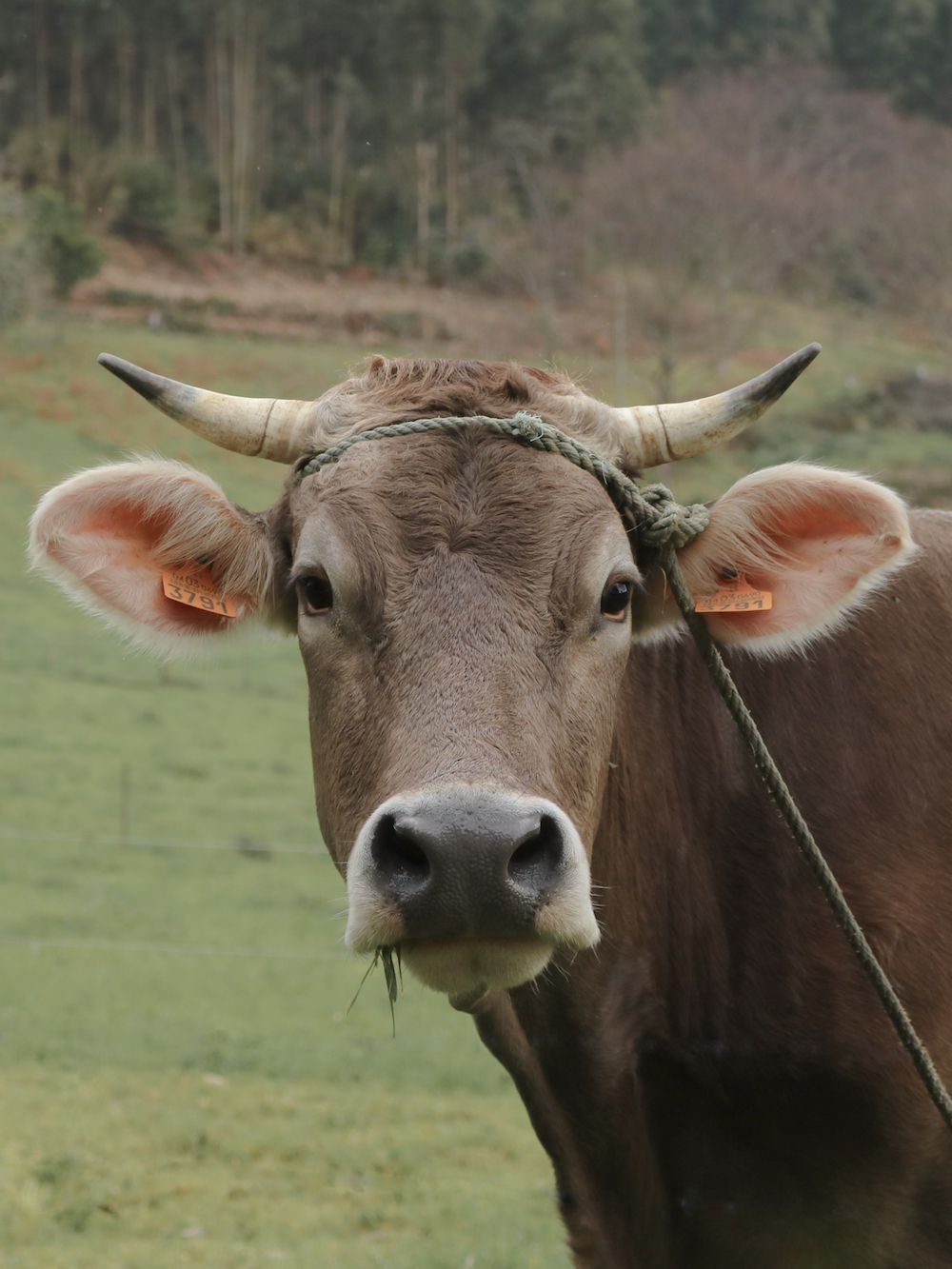
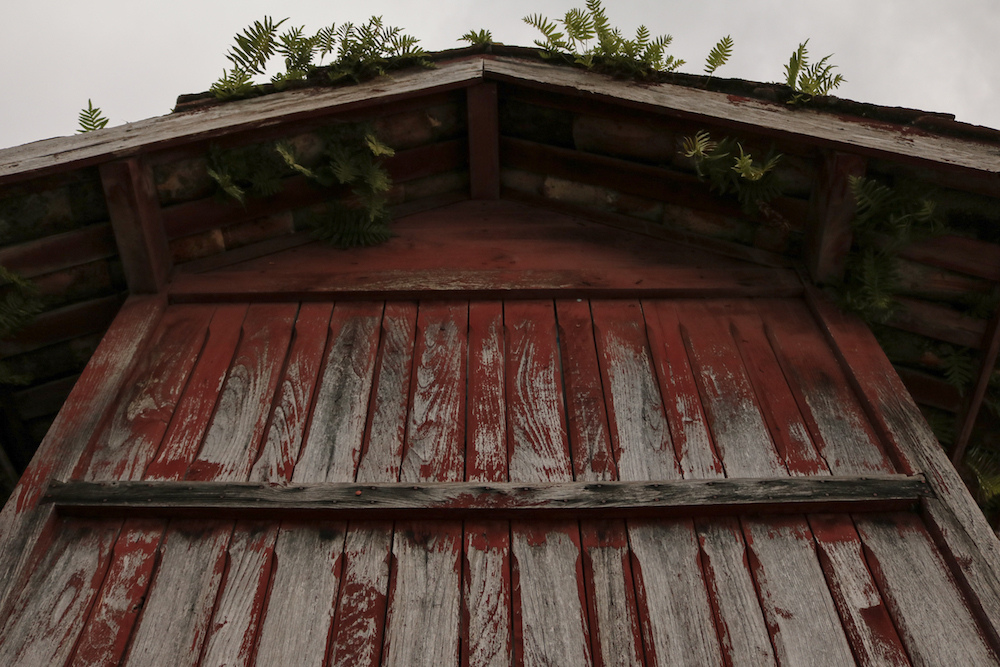
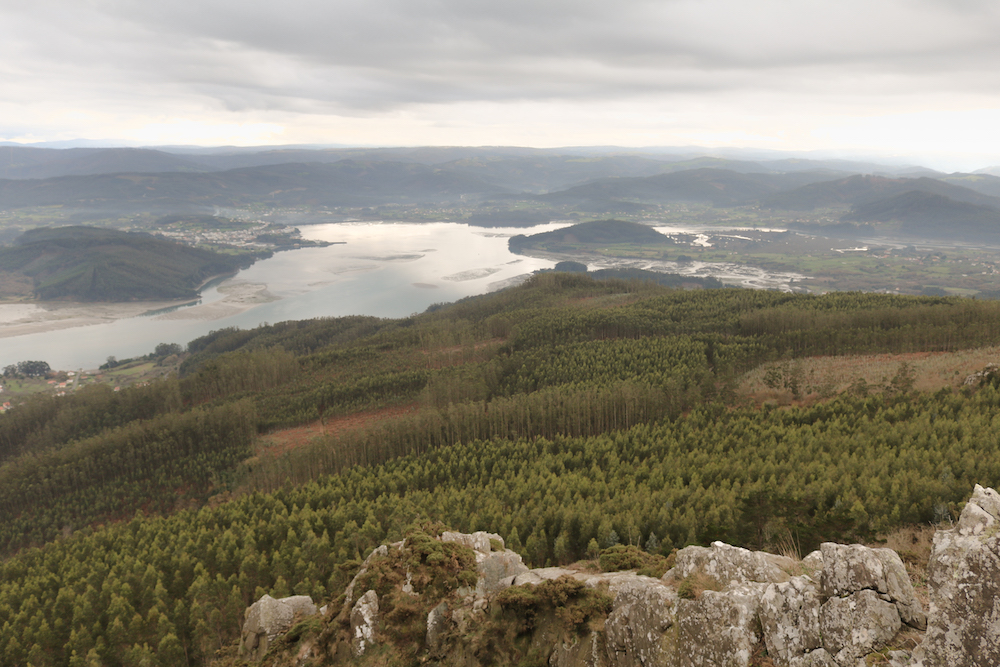
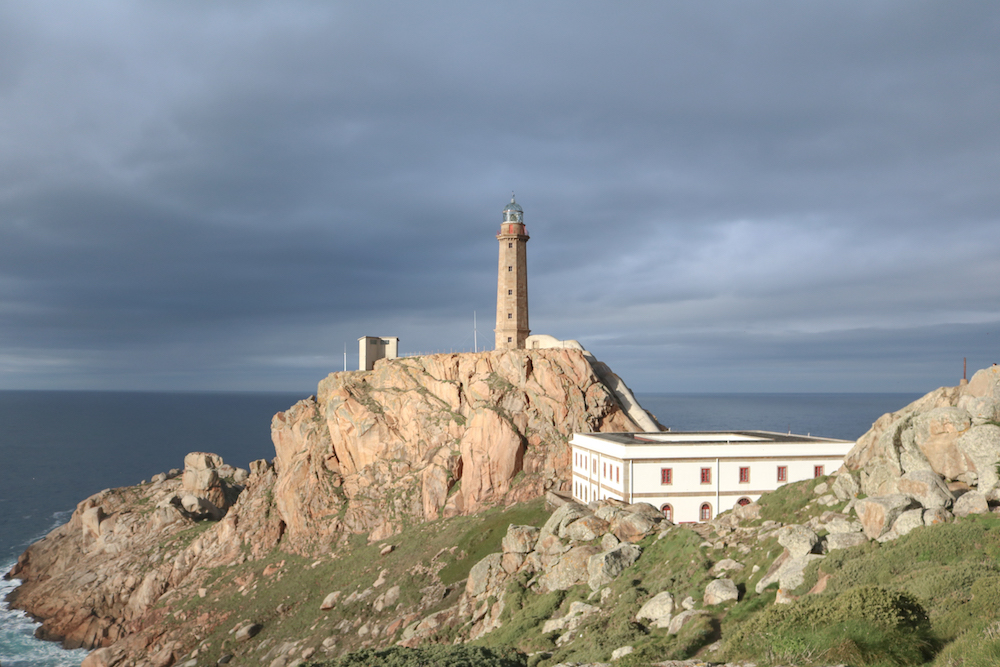
what to eat
If you love seafood, Galicia is definitely the right place for you. Starting from the renowned pulpo á feira, boiled octopus served with paprika, Galician cuisine comprises a variety of seafood that is hard to match. The list of delicacies is long and, just to name a few, includes vieras, the scallops that became a symbol of St James, and their smaller version called zamburiñas, the oddly-shaped percebes and navajas, the delicious prawns called cigallas, and crabs called nécoras and centollas. Yet, even if you are not a big fan of seafood, Galician cuisine has specialties for you too: from the well-known empanadas and churrascos, to caldo galego, lacón con grelos, filloas and pimientos de Padrón. And to complement your meal, nothing is better than a glass of Albariño or Ribeiro.
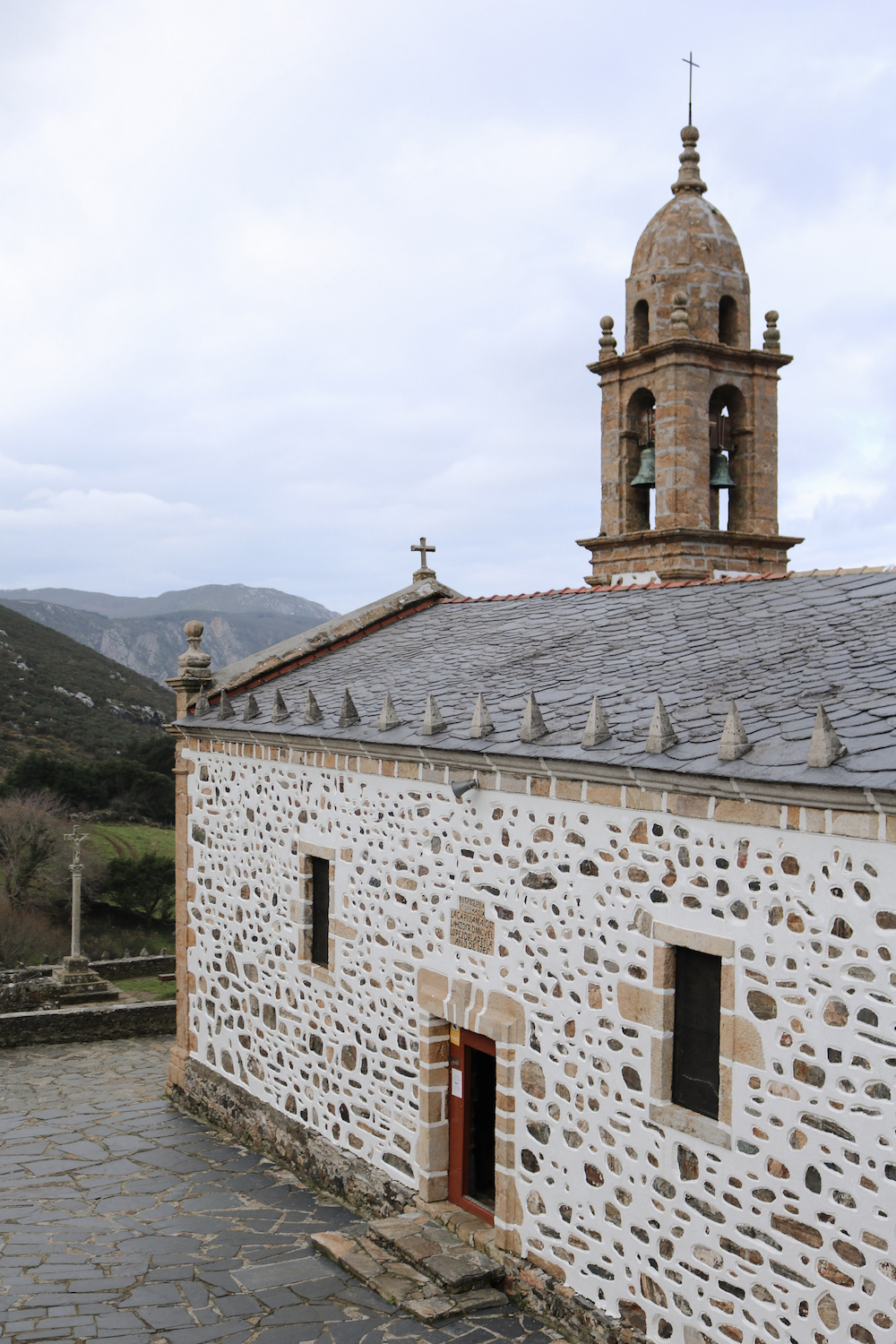
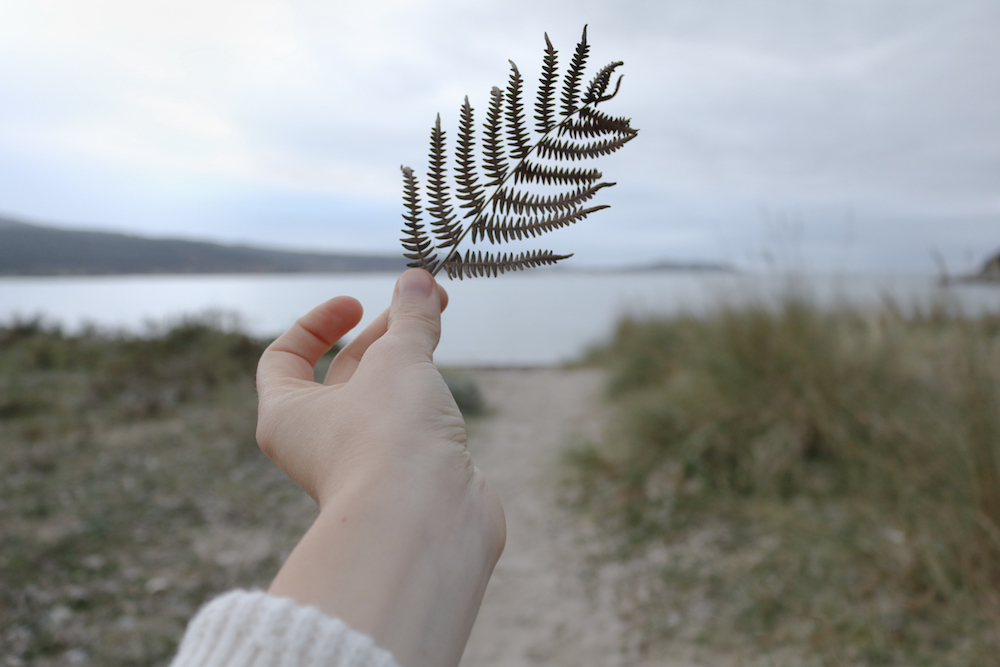
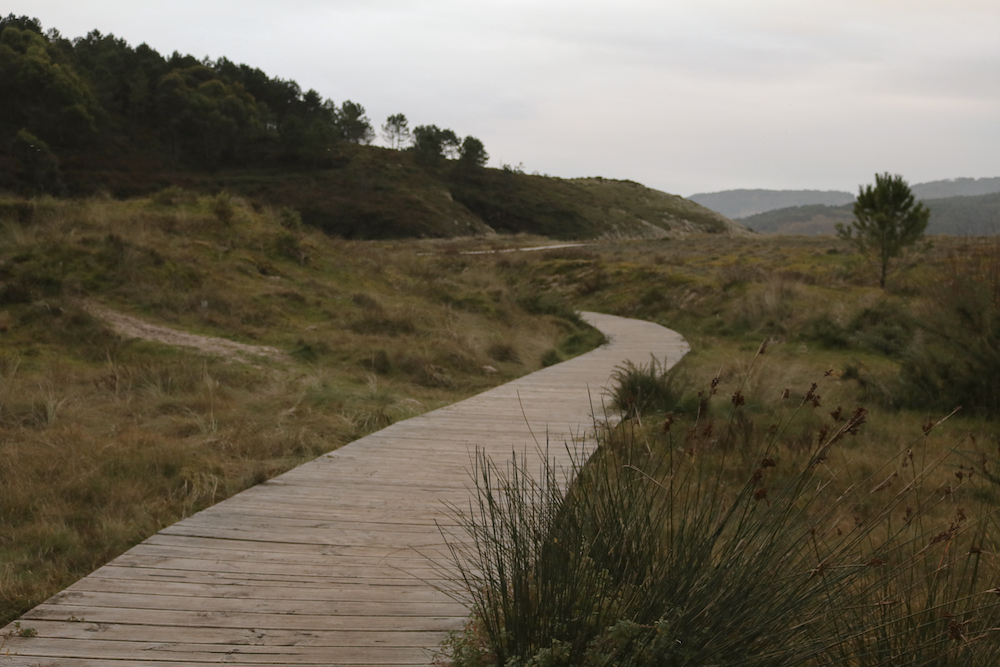
what to see
From wide beaches to green valleys, stone villages, feiras and incredible seafood, Galicia has so much to offer that it is hard not to omit something. With that in mind, here is a possible itinerary for a winter road trip to this amazing region. VIGO AND RÍAS BAIXAS: despite being the largest city of Galicia and the most important fishing port of Spain, Vigo still preserves a quaint old town, with cobbled streets and tapas bars, which makes it the perfect base to explore Rías Baixas. So, devote a couple of days to Vigo and its surroundings: stroll around Pontevedra's lovely old quarter, have lunch in the picturesque fishing village of Combarro, enjoy Baiona's Castle and historic colorful port, visit the Celtic ruins of Santa Trega and, weather permitting, take a ferry to Illas Cíes. SANTIAGO DE COMPOSTELA AND COSTA DA MORTE: the worldwide famous pilgrimage town is obviously a must-visit in Galicia. Its medieval quarter dotted with stone archways, ancient monasteries, and gothic cathedrals, is among the most beautiful in Spain and walking through it will make you jump back in time. From Santiago continue west to reach Costa da Morte, whose infamous name is due to the many shipwrecks occurred here. Nevertheless, this strip of coastline is filled with scenic lighthouses and secluded bays: stop at Cabo Fisterra, thought by the Romans to be the end of the world, Punta da Barca, Camariñas, Faro de Cabo Vilán and Praia de Balarés. A CORUÑA, RÍAS ALTAS AND LUGO: marking the end of Costa da Morte and thanks to its fine food scene and buzzing nightlife, A Coruña is a great place to stop overnight before starting the exploration of Rías Altas. Galicia's wildest and most dramatic coast will surely amaze you: specifically, drive through Costa Ártabra Natural Reserve, with its wild horses and incredible landscapes, visit the isolated fishing village of Teixido and don't miss the view from Mirador Da Miranda, then stand in awe in front of the magnificent rock formations at Praia das Catedrais. Finally, end your day within the grand Roman walls enclosing Lugo, where you can get lost in a web of ancient streets and squares and enjoy the remarkable tapas scene.
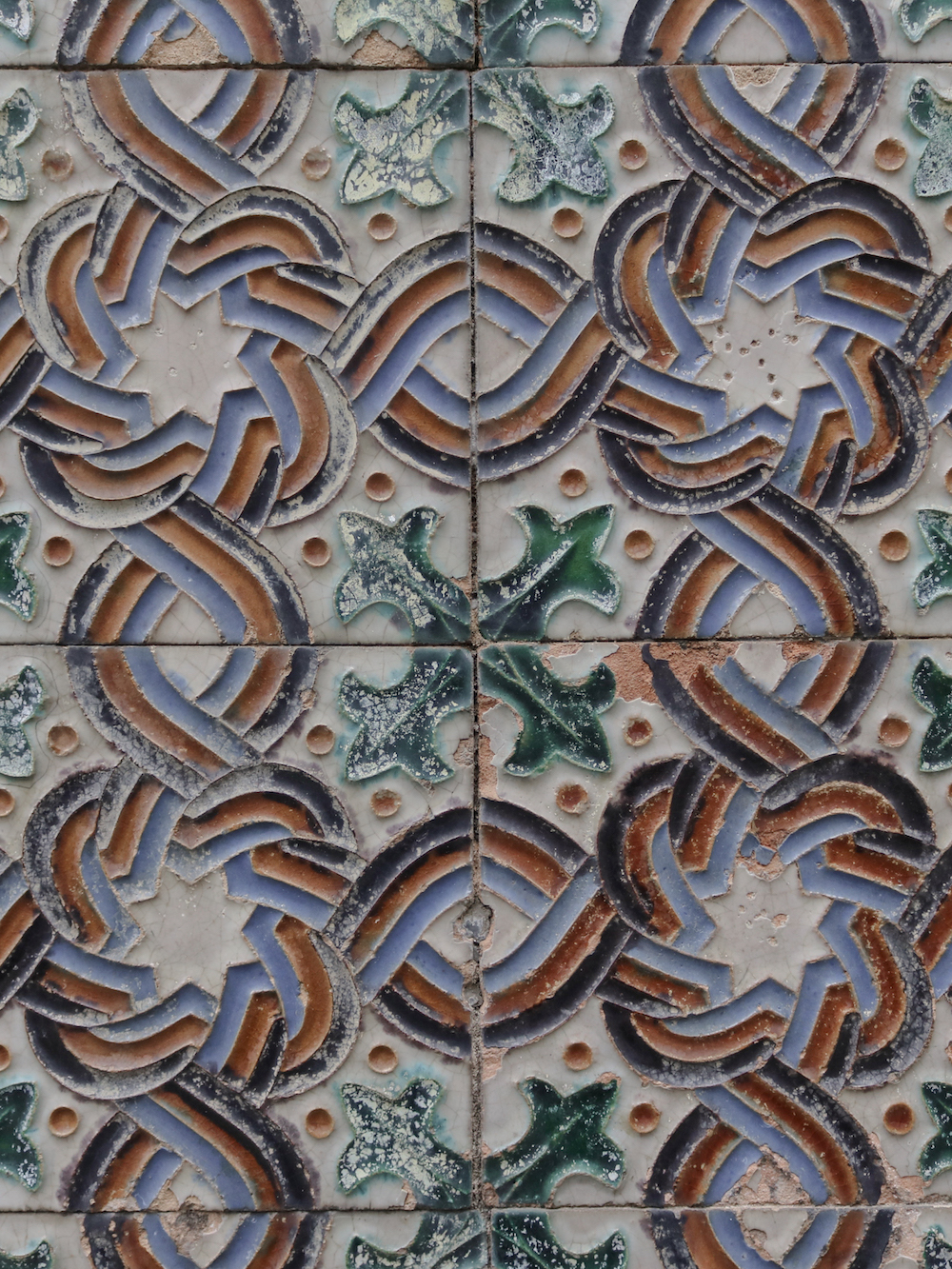
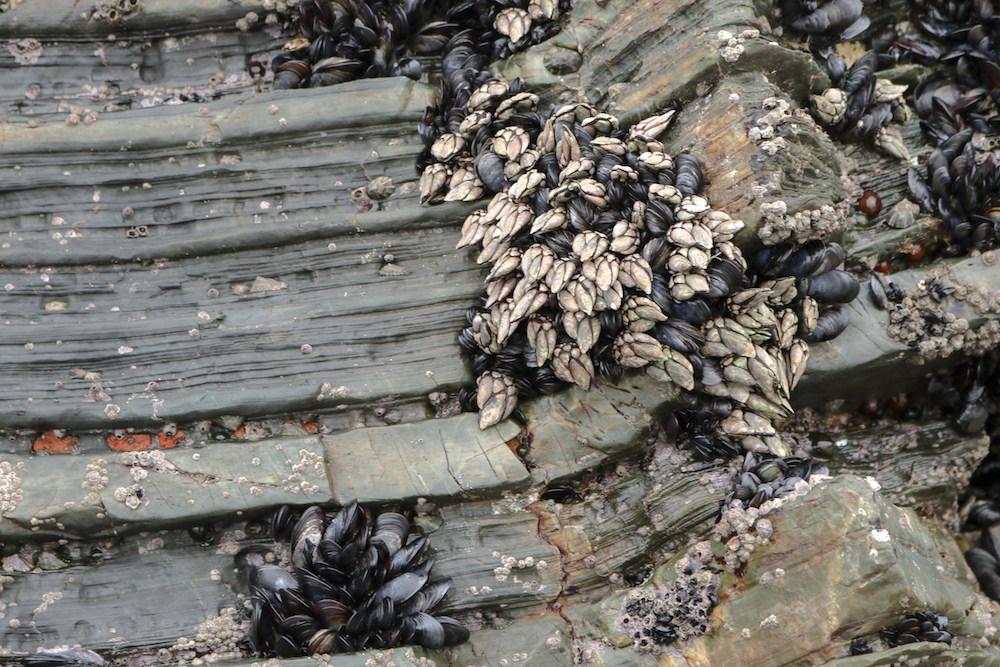
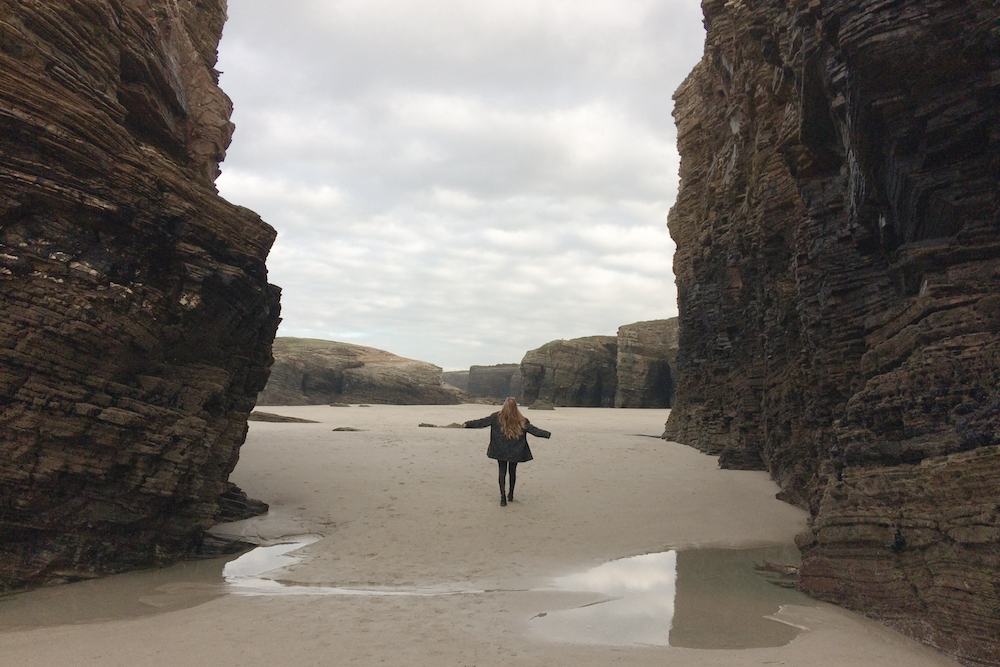

Galicia in winter is peaceful and silent. Covered by a gentle haze, this green land rests muffled and moistened under a distinctive scent of eucalyptus. Everything is quiet here but the ocean, that keeps roaring against the rugged coast plundering it little by little. Yet the ocean, so rough and treacherous, treats Galicia with its richest fruits so that in the fishing villages along the shore, copper pots keep seething with octopus and plates abound in seafood of the strangest shapes.


what to see
From wide beaches to green valleys, stone villages, feiras and incredible seafood, Galicia has so much to offer that it is hard not to omit something. With that in mind, here is a possible itinerary for a winter road trip to this amazing region. VIGO AND RÍAS BAIXAS: despite being the largest city of Galicia and the most important fishing port of Spain, Vigo still preserves a quaint old town, with cobbled streets and tapas bars, which makes it the perfect base to explore Rías Baixas. So, devote a couple of days to Vigo and its surroundings: stroll around Pontevedra's lovely old quarter, have lunch in the picturesque fishing village of Combarro, enjoy Baiona's Castle and historic colorful port, visit the Celtic ruins of Santa Trega and, weather permitting, take a ferry to Illas Cíes. SANTIAGO DE COMPOSTELA AND COSTA DA MORTE: the worldwide famous pilgrimage town is obviously a must-visit in Galicia. Its medieval quarter dotted with stone archways, ancient monasteries, and gothic cathedrals, is among the most beautiful in Spain and walking through it will make you jump back in time. From Santiago continue west to reach Costa da Morte, whose infamous name is due to the many shipwrecks occurred here. Nevertheless, this strip of coastline is filled with scenic lighthouses and secluded bays: stop at Cabo Fisterra, thought by the Romans to be the end of the world, Punta da Barca, Camariñas, Faro de Cabo Vilán and Praia de Balarés. A CORUÑA, RÍAS ALTAS AND LUGO: marking the end of Costa da Morte and thanks to its fine food scene and buzzing nightlife, A Coruña is a great place to stop overnight before starting the exploration of Rías Altas. Galicia's wildest and most dramatic coast will surely amaze you: specifically, drive through Costa Ártabra Natural Reserve, with its wild horses and incredible landscapes, visit the isolated fishing village of Teixido and don't miss the view from Mirador Da Miranda, then stand in awe in front of the magnificent rock formations at Praia das Catedrais. Finally, end your day within the grand Roman walls enclosing Lugo, where you can get lost in a web of ancient streets and squares and enjoy the remarkable tapas scene.



what to eat
If you love seafood, Galicia is definitely the right place for you. Starting from the renowned pulpo á feira, boiled octopus served with paprika, Galician cuisine comprises a variety of seafood that is hard to match. The list of delicacies is long and, just to name a few, includes vieras, the scallops that became a symbol of St James, and their smaller version called zamburiñas, the oddly-shaped percebes and navajas, the delicious prawns called cigallas, and crabs called nécoras and centollas. Yet, even if you are not a big fan of seafood, Galician cuisine has specialties for you too: from the well-known empanadas and churrascos, to caldo galego, lacón con grelos, filloas and pimientos de Padrón. And to complement your meal, nothing is better than a glass of Albariño or Ribeiro.



